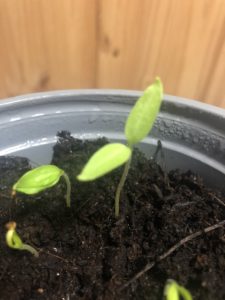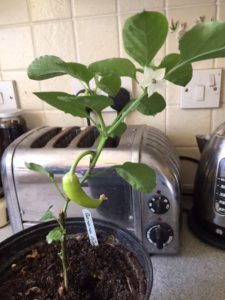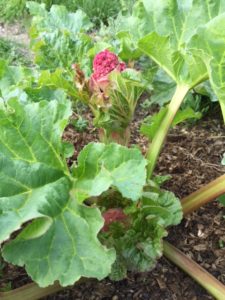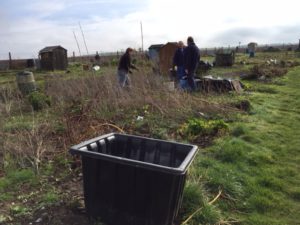Finally, winter is beginning to recede, we can now begin to sow seeds and plant outdoors. However, we must take in to consideration the weather we had last year. With the freezing temperatures and snow from the Beast from the East! Traditionally, March is a good time to plant out your first early potatoes that have been chitting away. It’s best to do this at the end of the month but check the ground is not too wet and take in to consideration anything Mother Nature has in store for us.

If you have bought some onions and shallots from the members’ shop, now is a good time to plant them out. Make sure that you cover them with netting to protect your onions and shallots from the birds. I have learnt the hard way! They love to pull them out of the ground! If the ground is too wet, it might be better to plant onions or shallots in small pots or seed trays with multi-purpose compost in a greenhouse or in a cold frame to get them started.
If you have not bought your onions or shallots sets yet, we still have some in stock that you can buy any Sunday 10am-12pm at the members’ shop. Click here to find out more information on our current stock.
If you have over wintering brassicas, it’s a good time to give them a feed of sulphate of ammonia. Sulphate of ammonia is a fast-acting nitrogen fertiliser which encourages leafy growth. This is particularly useful for the brassica family as well as lettuce, spinach, rhubarb, leeks and onions. I added one handful (45g) per square metre, mixed it in to the soil and watered it.
Sulphate of ammonia is available in the members’ shop for £0.80 per kg.


Seedlings can get quite leggy if there is not enough light at this time of the year. It’s good practice to wait until mid-March to start sowing your seeds, unless you have a grow light.
In March, you can sow the following seeds outdoors:
- Broad beans and peas (available in the members’ shop)
- Cabbages, sprouting broccoli, cauliflower and calabrese
- Leeks, onions and spring onions
- Lettuces and spinach
- Parsnips
Sow undercover:
- Beetroot and radishes
- Carrots and turnips
- Cucumbers
- Lettuces, oriental leaves, rocket, salad leaves
Sow indoors
- Aubergines
- Chillies
- Tomatoes


March is a good time to prune your roses. Roses can be pruned quite hard to promote vigorous growth. You can find some good advice on how to prune your roses here. Once you have pruned your roses, give them a feed with rose fertiliser to give them a head start. We sell rose fertiliser in the shop, click here to see more information.












 Clearing rubbish from vacant plots
Clearing rubbish from vacant plots